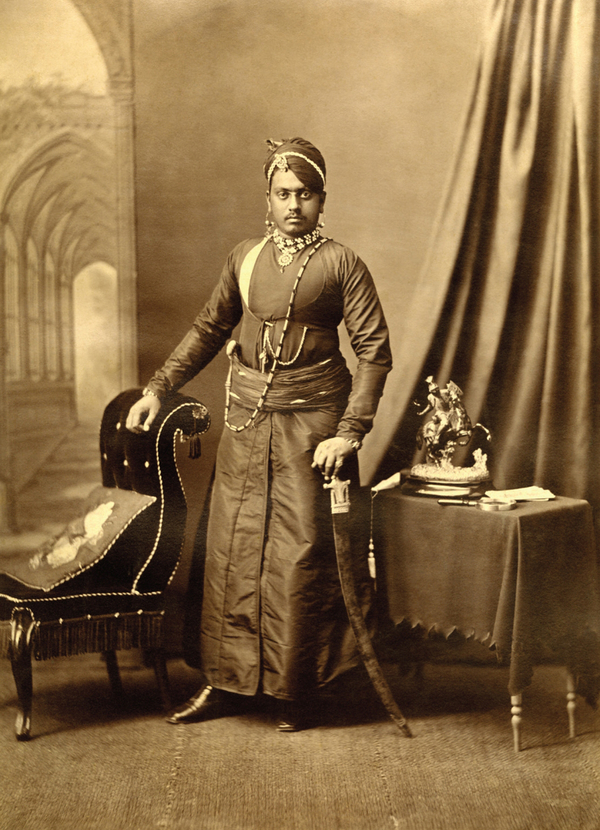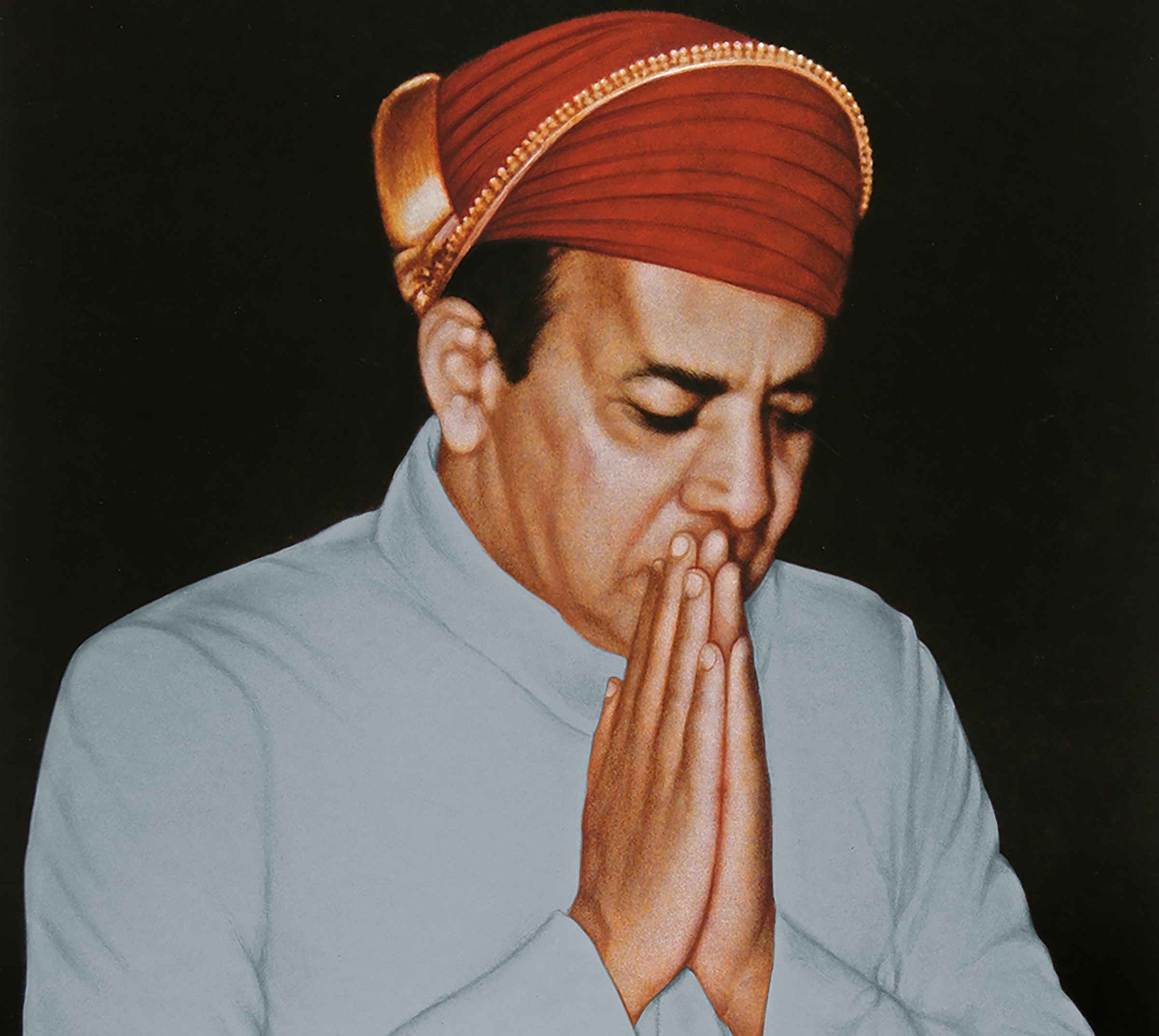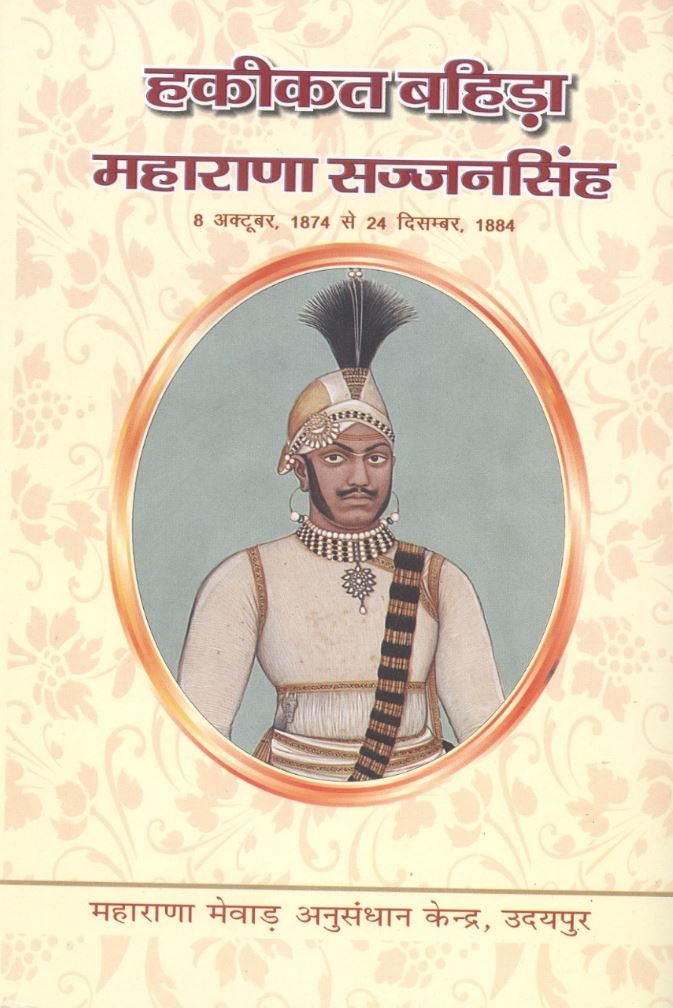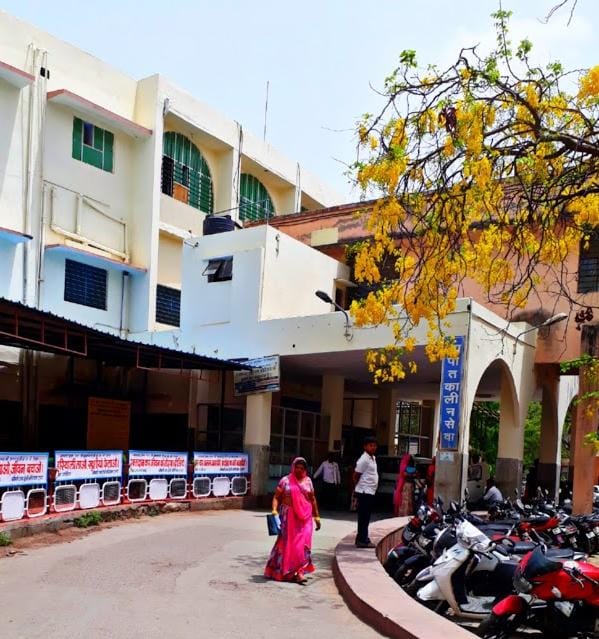
Maharana Sajjan Singh (r. 1874 – 1884 CE)
Posted by Admin on Friday, July 8th, 2022
Kanwar Sajjan Singh, son of Maharaj Shakti Singh of Bagore; sat on the throne as a minor on 8th October 1874 CE. He was adopted by Maharana Shambhu Singh. He was born on Ashad Shikla 9 Vikram Samvat 1916.
Initially, he worked with the Regency Council and later on when he took over, he started the administrative reforms. He established the judicial court on 10th March 1877 and named it as ‘Ijlas Khas’. He made laws to curb the prevailing corruption in local government and the offices of British regency. For this, he established a new department called ‘Shailkantar Sambandhini Sabha’ which he headed himself. He started the budget system in this department for all the Pargans. He established Mewar Police to curb local crimes. He initiated land revenue settlement system for land reforms by measuring it and its proper allocation for which he appointed Mr. Winget. ‘Mehdraj Sabha’ then replaced ‘Ijlas Khas’ on 20th August 1880.
He decentralized administration in two departments. Mehdraj Sabha looked after the judicial and revenue departments of the states. Its first secretary was Pandya Mohanlal who took the oath in presence of Maharana Sajjan Singh. On 1st November, 1880 CE Mahkema Khas was established and regulated by Maharana Sajjan Singh by passing a law. This department looked after the production, import-export, military, police, treasury, taxation, toll extraction, mints, press, forest, engineering, Dharamsabha, Rawali Dukan (State regulated shops), foreign department. The Prime Minister was the visible executive head and held the seal of Mahkema Khas. However, the main executive power lied with the Maharana who would finally authorize the laws. Some subjects required the previous sanction of the Maharana.
Maharana Sajjan Singh skilfully developed the state for public welfare. He improved the infrastructure through repairing of roads, road lights, tree planting and opened a sanitary department for cleanliness in the state. City Planning was initiated by him where encroachment was brought under the law. He built the Sajjan Niwas Bagh (Gulab Bagh) for public. Waterworks department was established, in which the lakes and ponds were repaired and taps were installed for public. To improve agriculture, canals were built from Udaisagar and Rajsamand lakes. Roads were built from Udaipur to Kherwada, Nimbaheda and Nathdwara. He also planned the Chittor-Udaipur railway line project which was later completed by Maharana Fateh Singh. He also established first Zoo in Sajjan Niwas Bagh, Udaipur. Gaushala, orphanage and Mental Asylum were also built in Udaipur.
Maharana Sajjan Singh promoted school education and inspired from his predecessor Maharana Shambhu Singh he opened nine state schools in Mewar. 4 of them were opened in Udaipur, after which schools were opened in Rishabdev, Jawar, Jajajpur, Sadri and Kotda. In 1876, Mrs. Lonargan was appointed as a headmistress of the girl’s school with two other teachers. He gave grants to all the schools and kept increasing them every year. In 1877, an Influential committee (Education Committee) was formed for the management of the schools with the Maharana and the Political agent as Presidents. He also levied a sum of land revenue, which was kept aside for school education. On the day of Maharana’s demise (23rd December 1884), a sum of 2 lakh Rupees was donated to establish Sajjan School and Sajjan Hospital.
Maharana Sajjan Singh meticulously worked for public welfare and opened/supported medical care. The United Free Church of Scotland Mission established a dispensary at Udaipur City in 1877 and thus in 1881 there were seven medical institutions in the state, including the hospital attached to the jail. In 1881, the Walter Hospital for females was opened at Devrajeshwar ji ki Badi, Bhatyani Chohatta, Udaipur and Miss Will was appointed as supervisor. Maharana Sajjan Singh and Political Agent Charles Bean Euan Smith inaugurated Sajjan Hospital near Kunwarpada Mahal, Udaipur on 7th December 1882 after which it was opened for public. Then, Shepherd Mission Hospital was also opened at Dhanmandi, Udaipur which was extended by Maharana Fateh Singh. Birth and Death registrations at hospitals were started in 1882. Free medication and vaccination were provided at the hospitals on state expense. The British Government of India gave him the title of G.C.S.I. General Commander the Star of India and the Viceroy of India Lord Rippon reached Chittor to personally handover the decoration in 1881 CE.
Inspired by his teacher Jani Bihari lal, Maharana Sajjan Singh established the first History department in Mewar. The department was headed by Kaviraj Shyamaldas, under whom the scholars of Hindi, Sanskrit, Urdu, Arabic, Persian and English scholars were appointed for the documentation. Archaeological and historical documents of different languages were documented. Blue prints of inscriptions and copper plates were inscribed which were later on published in various books. Copies were created of different Genealogical trees of Rajput dynasties and Bahidas.
The first Museum was originally established in a small building at Sajjan Niwas bagh, Udaipur by Maharana Sajjan Singh which was later known as Victoria Hall. It has a large regional collection of archaeology/ history/ costumes and handicrafts. Initially paintings, coins, sculptures, inscriptions, ornaments, costumes, arms and armory, musical instruments, copper plates and other objects were collected in the Museum.
Institutional Library was established by Maharana Sajjan Singh on 11th February 1875 CE. Hundreds of books were collected/ purchased for the Library by the Maharana. Veer Vinod – the official history of Mewar was written and compiled during his reign by Kaviraj Shyamaldas. The work was done at Chini Chitrashali, The Palace, Udaipur. Satyarth Prakash book was also compiled at Navlakha Mahal, Sajjan Niwas Bagh in Udaipur by Maharishi Dayanand Saraswati, the founder of Arya Samaj.
He also called Bhartendu Harishchandra at his court and granted him Rs 10,000. Maharana Sajjan Singh was passionate for knowledge and interested in learning about various subjects. He invited well known scholars like as Justice Subrahmanya Shastri Dravid, Astrologer and Theologist Vinayak Shastri Vetal, famous astrologer Naraynadev, Scholar of Grammar Ajitdev in Mewar court. To read the ancient inscriptions Pandit Rampratap Jyotish and Pandit Parmanand Bhatt Mewara were appointed by Maharana Sajjan Singh.
The first state press Sajjan Yantralaya was established in 1880 at Khasa Rasoda in the Palace, Udaipur. Inspiration from Maharishi Dayanand Saraswati, the first state newspaper Sajjan Kirti Sudhakar was published in Mewar. Books and copies were published by the Maharana for the public.
Maharana Sajjan Singh was a great patron of intellectuals and had a great passion for knowledge. He gave royalty to many Sanskrit and other language scholars, poets thus contribute in enriching literature. Maharana Sajjan Singh’s reign, Kaviraja Shyamal Das, Ujal Fatehkaran, Barhath Kishan Singh, Swami Ganeshpuri poets were in the royal court of Mewar. With the influence of intellectuals Maharana also started to write poetry. The poems written by Maharana are published in the book ‘Rasikvinod’ by Late Bijoliya Rao Krishna Singh. He organized poetry sessions on every Monday and invited the bards. ‘Sahitya Sabha’, his traditional concept of gathering of scholars, was first organised on 20th July 1879 at The Palace, Udaipur by Maharana Sajjan Singh. Maharana also invited famous poet Raja Muraridan from Jodhpur, Babu Satya Naresh Chandra of Banaras and honored them for their patriotic writing.
Maharana Sajjan Singh was highly interested in development of infrastructure and repairing of forts. Rs 24,000 per year were granted by the Maharana for the repairing of old buildings and forts especially at Chittorgarh. On 18th February 1875, the construction of Shiv Niwas Palace was initiated. Nij Mandir, Badal Mahal and glass-inlay work in Mor Chowk was completed during the reign of Maharana Sajjan Singh. A new palace called Sajjan Niwas was built inside the island Palace Jagniwas. On 18th August, 1883 the foundation stone was laid for the Sajjangarh Fort at Hill Basdara, of which the proposed plan of 13 stories was approved by him however only one storey was completed in his lifetime. New dam of length 1300 ft was constructed near Lake Jaisamand. New garden at Naharmagra was constructed. He died on 23rd December 1884 CE.




